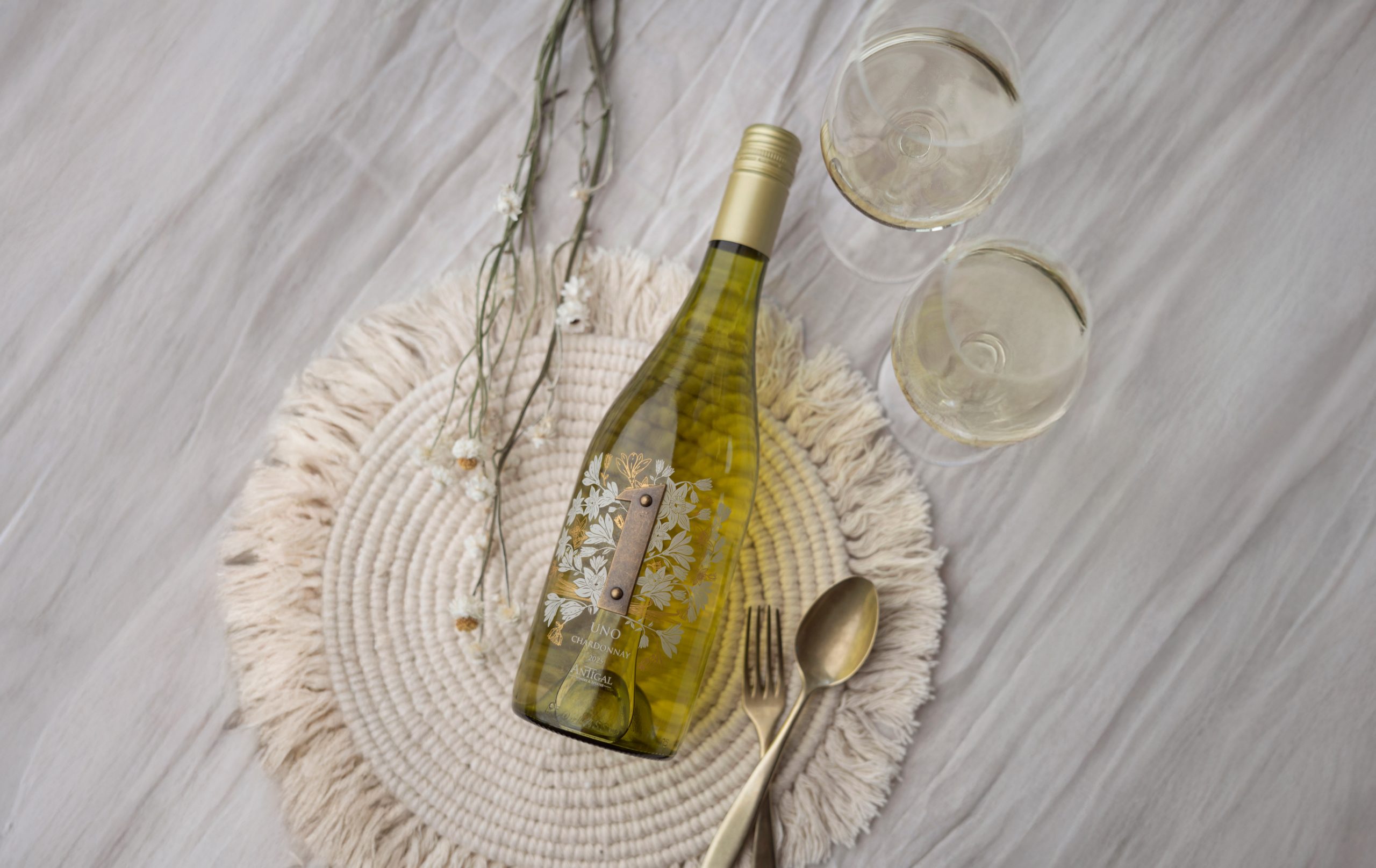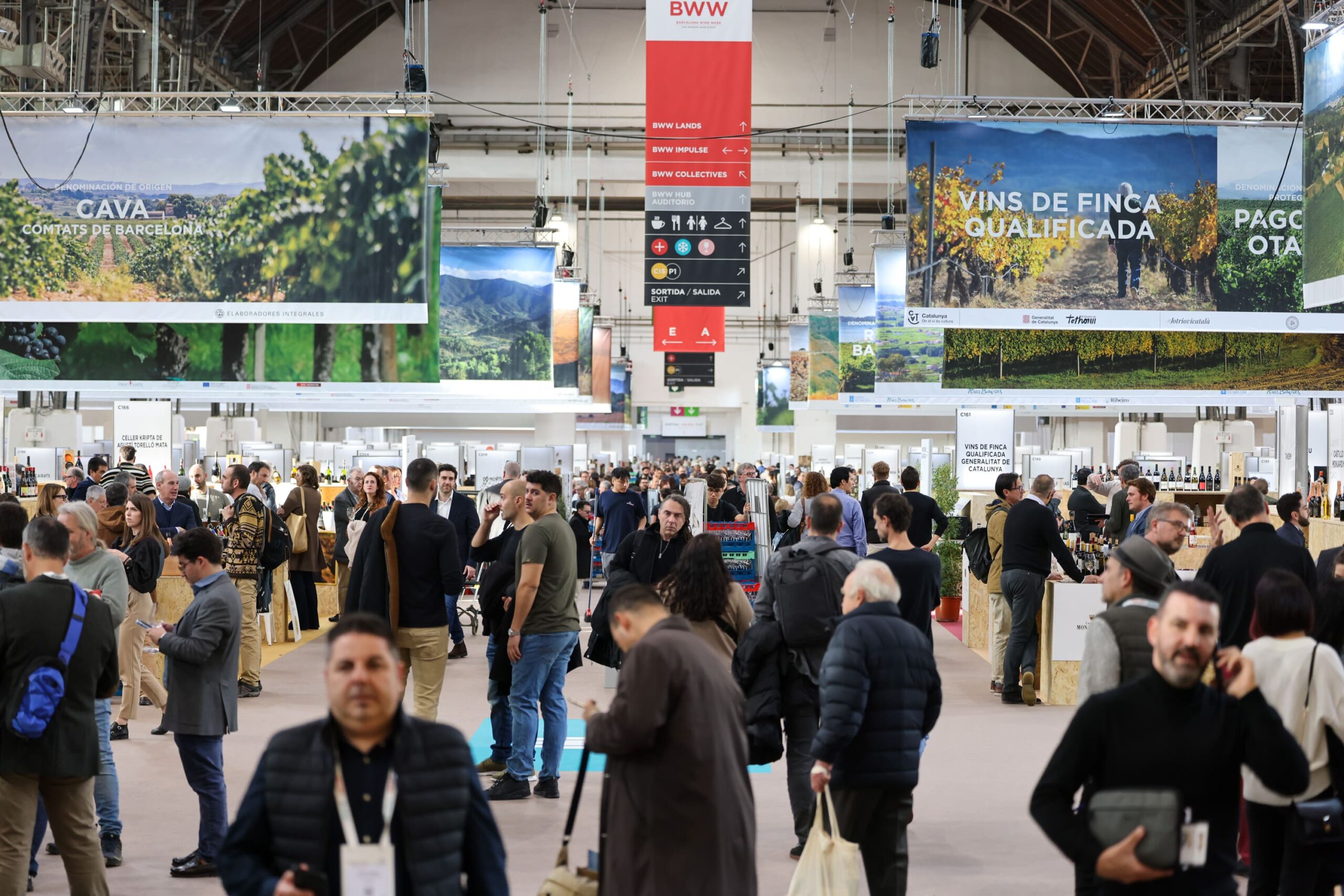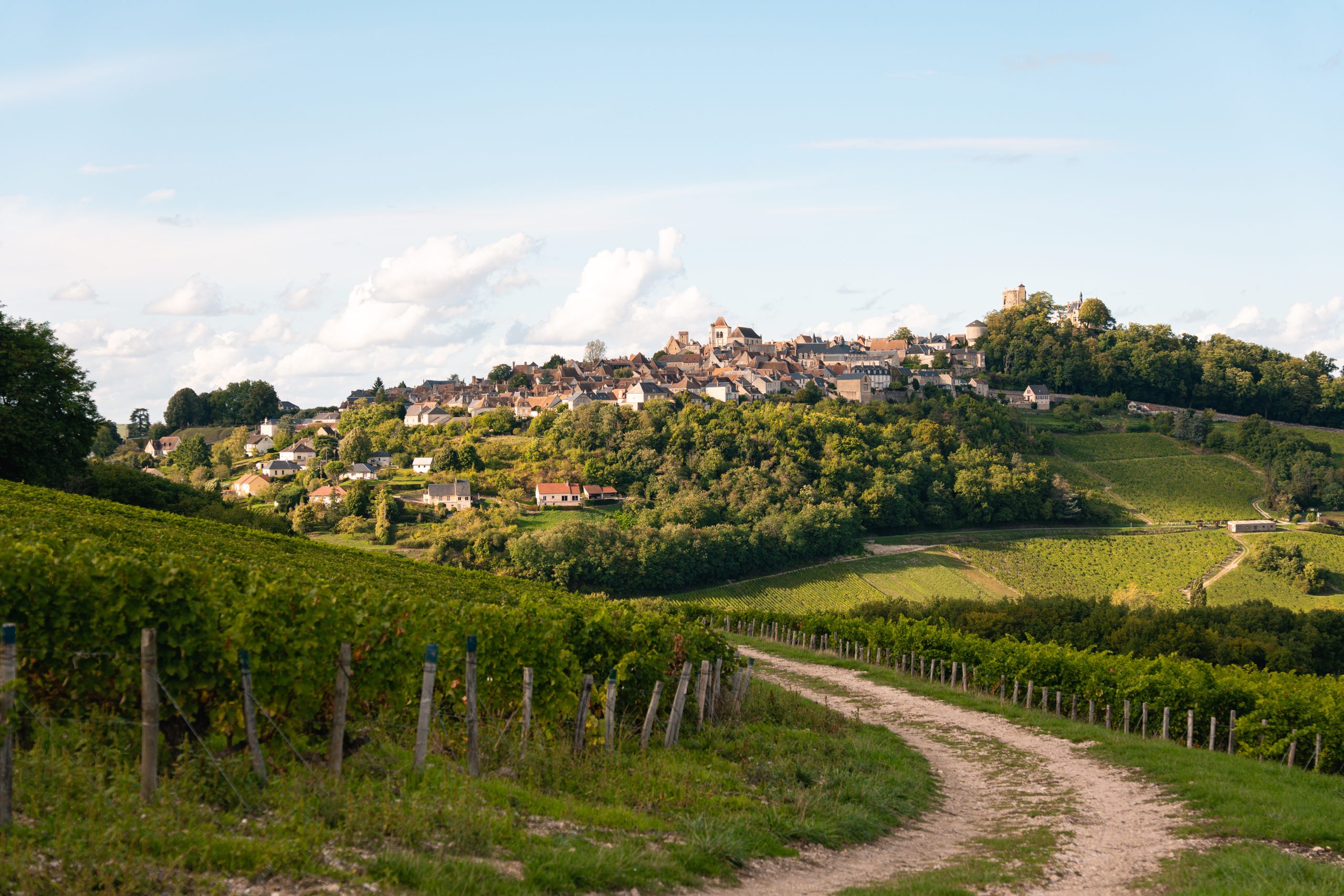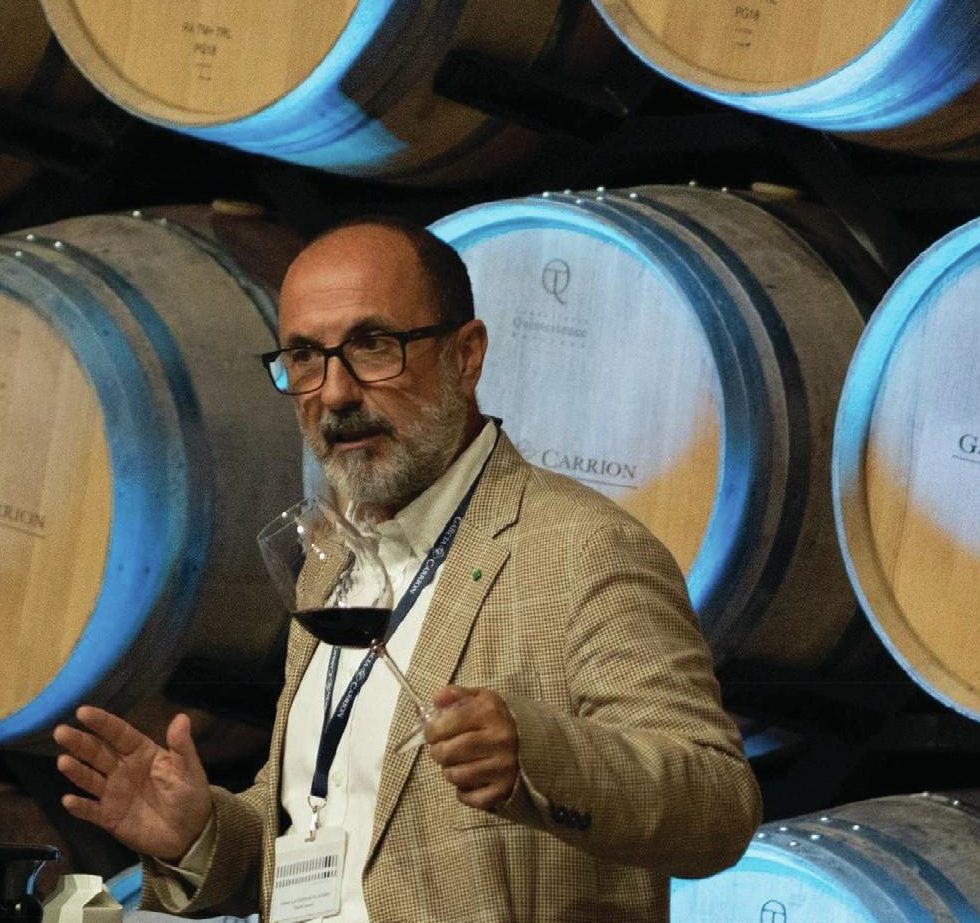Beavers almost scupper vineyard experiment
Decimated vines forced viticulturalists at Montes Wines to hide nature cameras in one of its newest vineyards. Footage revealed beavers feasting on the grape crop.
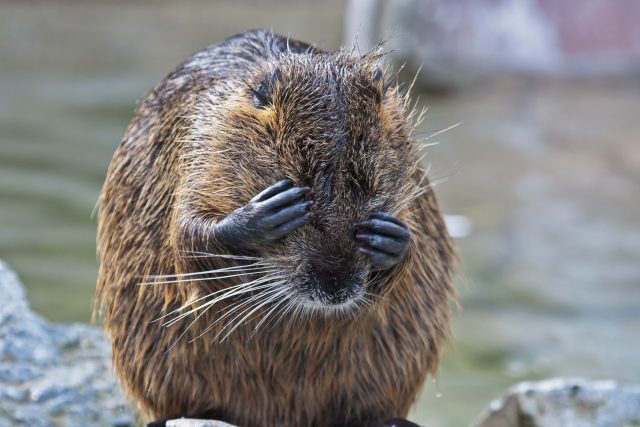
According to chief winemaker Aurelio Montes, the calling card of his family’s wine estate is “traditional grapes planted in crazy places”.
These “crazy” places come with their fair share of natural adversaries such as the wind that whips through a V-shaped mountain range near the winery’s remote Zapallar Valley plantation, the only one of its kind in this hostile environment on the edge of the Chilean desert.
“The V-shape creates a channel for the wind to flow in between the mountains, which means it hits the vineyard directly, giving extreme influence from the ocean,” Montes told db. “We don’t irrigate here because the vines are too cold. This is very extreme viticulture!”
Only 1.5 hectares of its latest grape, Syrah, were planted here as conditions are so testing. Production counts are small – “around 300 cases” and its wine is divisive. “It’s not for everyone. The wine is spicy and different,” says Montes. “But it’s a great way to keep refreshing the image of Chilean wine in terms of what is expected.”
In another of the wine estate’s far-flung vineyards, it’s a buck-toothed creature that’s been causing trouble. The tiny islet of Mechuque, a sliver of land on the eastern side of the Chiloé Archipelago, 600 miles south of Santiago, is one of the world’s southernmost plantings at a latitude of 42.6° S. Before Montes arrived, the land was completely wild, untamed and largely unknown, not least in wine circles.
“In 2018, we planted Albarino, Riesling, Pinot Gris, Sauvignon Blanc and Chardonnay there,” said Aurelio. “The only grape that survived was Sauvignon Blanc.”
Why? It turns out they had a wildlife problem. Beavers, more specifically.
Partner Content
“We didn’t know it was beavers at the time, so we dug holes and hid nature cameras inside, and soon discovered what was eating all the grapes,” Montes told db.
The winemakers were forced to install beaver nets over the vines to prevent the furry culprits from chomping through what was left of the crop. An impressive feat, given that the vines are already carpeted in a cloak of pearlescent clam shells to reflect the sunlight and warm the vines.
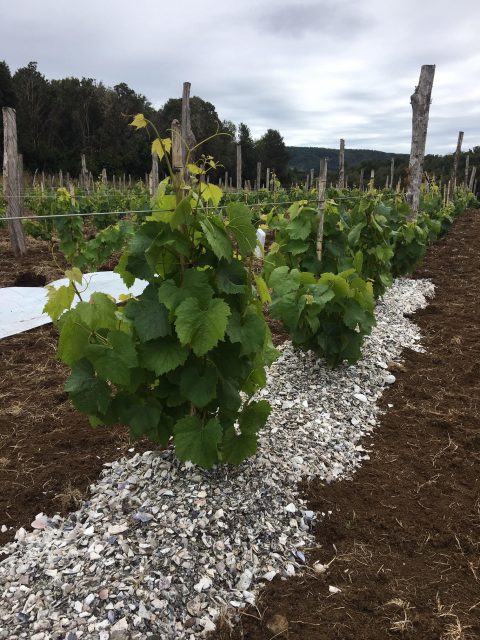
Curiously, the only varietal left unscathed was Sauvignon Blanc, suggesting that Chilean beavers aren’t partial to the varietal.
However, hopes are high that when the winery’s Sauvignon Blanc is commercially released soon, it will be received with considerably more enthusiasm.
Not only have these grapes survived beaver attacks, they have also weathered unusually high rainfall for the season, proving themselves to be truly resilient.
“In January 2021, the weather decided to deliver a new challenge, with the biggest quantity of rain ever recorded for the month,” Montes revealed in its harvest report. “This precipitation really turned things upside down and the radical change in weather lasted for nearly three weeks… The change caused a delay in fruit ripening and some problems with Botrytis in certain varieties. Now, after strenuous work trying to deal with the consequences, the sun has returned. After meticulous inspection, we can see that the vast majority of bunches are healthy and firm, which means that healthy grape ripening is expected.”
Related news
For the ninth day of Christmas…

